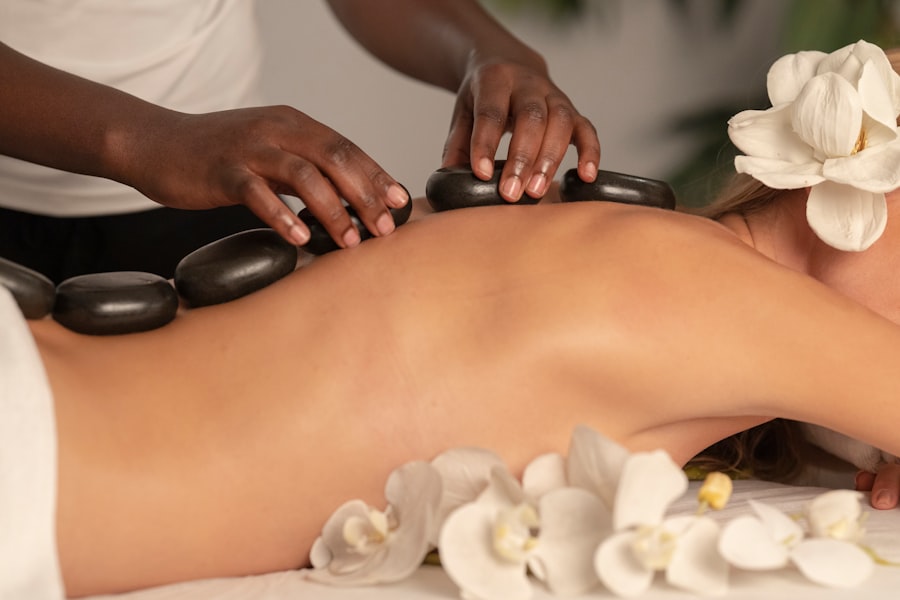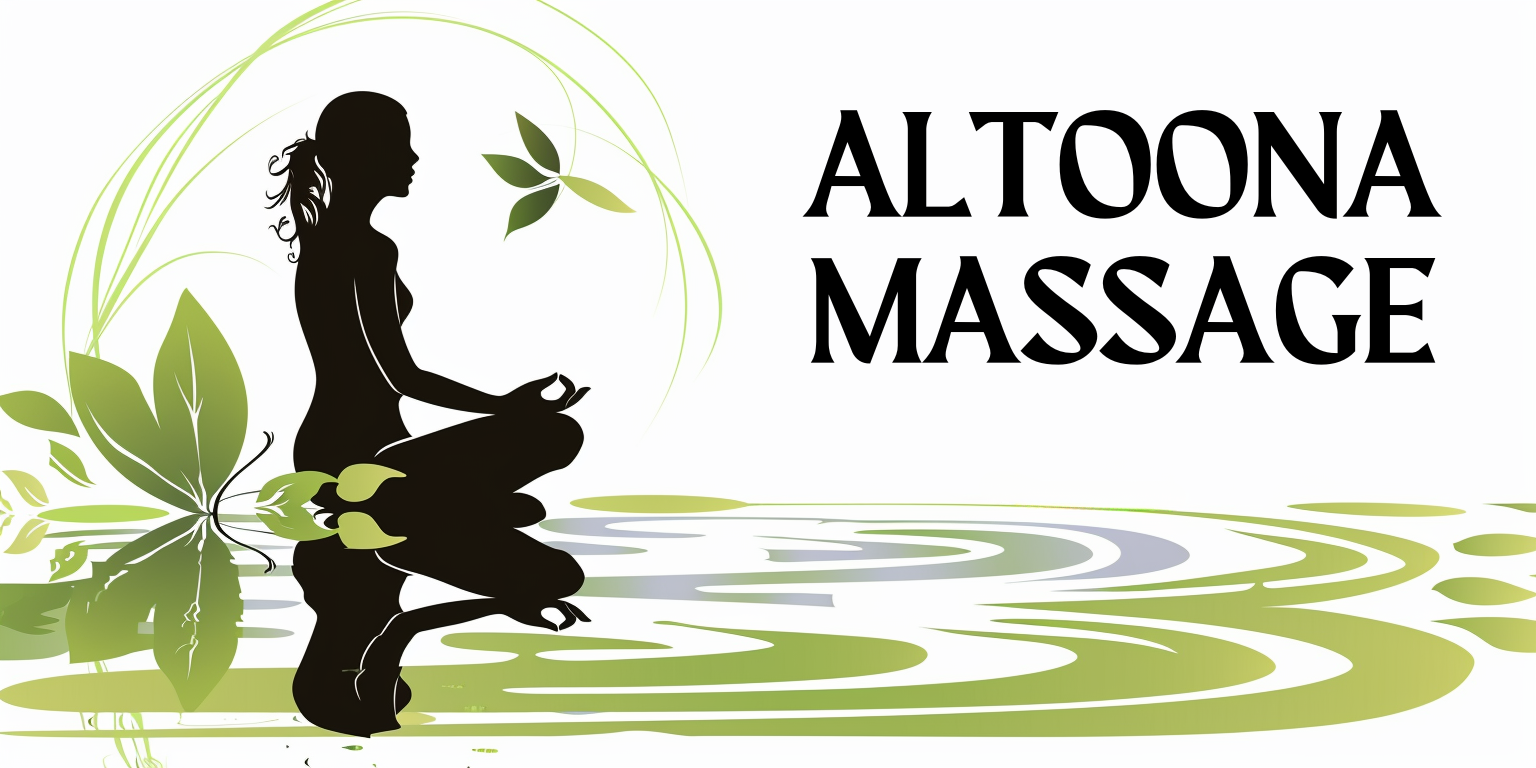Chronic pain is a complex and often debilitating condition that affects millions of people worldwide. Unlike acute pain, which serves as a warning signal for injury or illness, chronic pain persists long after the initial cause has resolved. You may find yourself grappling with this ongoing discomfort, which can stem from various sources, including injuries, surgeries, or underlying health conditions such as arthritis or fibromyalgia.
The experience of chronic pain is not just physical; it can also take a significant toll on your emotional and mental well-being, leading to feelings of frustration, anxiety, and even depression. As you navigate the challenges of chronic pain, it’s essential to understand that it is a multifaceted issue. Your pain may fluctuate in intensity and can be influenced by factors such as stress, fatigue, and even weather changes.
This unpredictability can make it difficult to manage your daily life effectively. You might find yourself avoiding activities you once enjoyed or feeling isolated due to your condition. Recognizing the impact of chronic pain on your life is the first step toward finding effective coping strategies and treatments that can help you regain control and improve your quality of life.
Key Takeaways
- Chronic pain is persistent and can have a significant impact on daily life
- Massage therapy can provide relief for chronic pain by reducing muscle tension and improving circulation
- Swedish massage uses long, flowing strokes to promote relaxation and relieve muscle tension
- Deep tissue massage targets deeper layers of muscle and connective tissue to release chronic tension
- Trigger point therapy focuses on specific points of pain to alleviate discomfort and improve range of motion
Benefits of Massage for Chronic Pain
Relaxation and Muscle Tension Relief
One of the primary benefits of massage is its ability to promote relaxation and reduce muscle tension. When you experience chronic pain, your muscles often become tight and knotted, exacerbating your discomfort. Through targeted manipulation, massage can help release this tension, allowing you to experience a greater range of motion and reduced pain levels.
Psychological Benefits
In addition to physical relief, massage therapy can also have profound psychological benefits. The soothing touch of a skilled therapist can help alleviate feelings of anxiety and depression that often accompany chronic pain. As you receive massage therapy, your body releases endorphins—natural painkillers that can elevate your mood and create a sense of well-being.
A Holistic Approach to Pain Management
This holistic approach not only addresses the physical aspects of your pain but also nurtures your emotional health, making it an invaluable tool in your pain management arsenal.
Swedish Massage

Swedish massage is one of the most well-known forms of massage therapy, characterized by its gentle techniques designed to promote relaxation and improve circulation. If you are seeking relief from chronic pain, Swedish massage may be an excellent option for you. The therapist uses long, flowing strokes combined with kneading and circular movements to help ease muscle tension and enhance blood flow.
This increased circulation can deliver much-needed oxygen and nutrients to your muscles, aiding in recovery and reducing discomfort. As you lie on the massage table, you may find that the rhythmic movements of Swedish massage help calm your mind as well as your body. The gentle pressure applied during the session encourages deep relaxation, allowing you to let go of stress and anxiety.
This mental release can be particularly beneficial for those dealing with chronic pain, as emotional stress often exacerbates physical symptoms. By incorporating Swedish massage into your routine, you may discover a newfound sense of peace and relief from the burdens of chronic pain.
Deep Tissue Massage
If you are dealing with more intense or localized pain, deep tissue massage might be the ideal choice for you. This technique focuses on the deeper layers of muscle and connective tissue, targeting areas of chronic tension and discomfort. Your therapist will use slower strokes and more intense pressure to reach these deeper layers, breaking up adhesions and relieving tightness that may be contributing to your pain.
Deep tissue massage can be particularly effective for conditions such as lower back pain, neck stiffness, or sports injuries. As the therapist works through the layers of muscle, you may experience some discomfort initially; however, many people find that this discomfort is temporary and ultimately leads to significant relief. After a session of deep tissue massage, you might notice improved flexibility and a reduction in pain levels, allowing you to engage more fully in daily activities without the burden of chronic discomfort.
Trigger Point Therapy
Trigger point therapy is another specialized technique that can provide significant relief for those suffering from chronic pain. This method focuses on identifying and releasing specific points within tight muscles known as trigger points. These points can refer pain to other areas of the body, creating a cycle of discomfort that can be challenging to break.
If you have ever experienced a knot in your shoulder that radiates pain down your arm, you are familiar with how trigger points can affect your overall well-being. During a trigger point therapy session, your therapist will apply direct pressure to these sensitive areas, helping to release tension and alleviate referred pain. You may find that this targeted approach provides immediate relief from discomfort in areas that have been bothering you for some time.
By addressing the root cause of your pain rather than just the symptoms, trigger point therapy can be an effective tool in managing chronic pain and improving your quality of life.
Myofascial Release

Myofascial release is a gentle yet effective technique that focuses on releasing restrictions in the fascia—the connective tissue surrounding muscles and organs throughout your body. If you are experiencing chronic pain, it’s possible that fascial restrictions are contributing to your discomfort. This technique involves applying sustained pressure to areas of tightness or restriction in the fascia, allowing it to stretch and release.
As you undergo myofascial release therapy, you may notice a profound sense of relaxation as the therapist works through areas of tension in your body. This technique not only helps alleviate pain but also improves overall mobility and flexibility. Many individuals find that myofascial release enhances their ability to engage in physical activities they once enjoyed but had to give up due to chronic pain.
By incorporating this technique into your treatment plan, you may discover new levels of comfort and freedom in your daily life.
Shiatsu Massage
Shiatsu massage is a traditional Japanese technique rooted in the principles of acupuncture and holistic healing. This form of massage involves applying pressure to specific points along the body’s meridians—energy pathways believed to influence overall health and well-being. If you are seeking a holistic approach to managing chronic pain, Shiatsu may resonate with you.
During a Shiatsu session, your therapist will use their fingers, palms, and even elbows to apply pressure to these key points while also stretching and manipulating your body into various positions. This combination of techniques can help release blocked energy and promote relaxation throughout your entire system. Many individuals report feeling a deep sense of calm after a Shiatsu session, making it an excellent option for those whose chronic pain is exacerbated by stress or emotional turmoil.
Hot Stone Massage
Hot stone massage is a luxurious treatment that combines the benefits of heat with traditional massage techniques. Smooth stones are heated and placed on specific points on your body to promote relaxation and ease muscle tension. If you are dealing with chronic pain, the warmth from the stones can penetrate deeply into your muscles, providing soothing relief from discomfort.
As the therapist uses both the heated stones and their hands to manipulate your muscles, you may find that this combination creates an unparalleled sense of relaxation. The heat helps increase blood flow to sore areas, promoting healing while also alleviating tightness. Many people who experience chronic pain find hot stone massage particularly beneficial during colder months when muscle stiffness tends to worsen.
By incorporating this indulgent treatment into your self-care routine, you may discover a new level of comfort and relaxation that enhances your overall well-being. In conclusion, managing chronic pain requires a multifaceted approach that addresses both physical and emotional aspects of your condition. Various massage techniques offer unique benefits that can help alleviate discomfort and improve your quality of life.
Whether you choose Swedish massage for relaxation or deep tissue therapy for targeted relief, each method has something valuable to offer in your journey toward healing. By exploring these options and finding what resonates with you, you can take proactive steps toward reclaiming control over your body and mind in the face of chronic pain.
FAQs
What are the best types of massage for chronic pain?
The best types of massage for chronic pain include deep tissue massage, myofascial release, and trigger point therapy. These techniques can help alleviate muscle tension, improve circulation, and reduce pain.
How does deep tissue massage help with chronic pain?
Deep tissue massage targets the deeper layers of muscle and connective tissue. It can help break up scar tissue, release muscle tension, and improve range of motion, which can be beneficial for chronic pain conditions.
What is myofascial release and how does it help with chronic pain?
Myofascial release is a technique that focuses on releasing tension in the fascia, the connective tissue that surrounds muscles and organs. This can help improve flexibility, reduce pain, and improve overall function in the body.
How does trigger point therapy work for chronic pain?
Trigger point therapy involves applying pressure to specific points in the muscles to alleviate pain and tension. This can help release tight knots in the muscles and improve overall muscle function, which can be beneficial for chronic pain management.
Are there any other types of massage that can help with chronic pain?
Other types of massage that can help with chronic pain include Swedish massage, which can help improve circulation and relaxation, and sports massage, which can help with injury rehabilitation and pain management. It’s important to consult with a qualified massage therapist to determine the best approach for your specific chronic pain condition.
